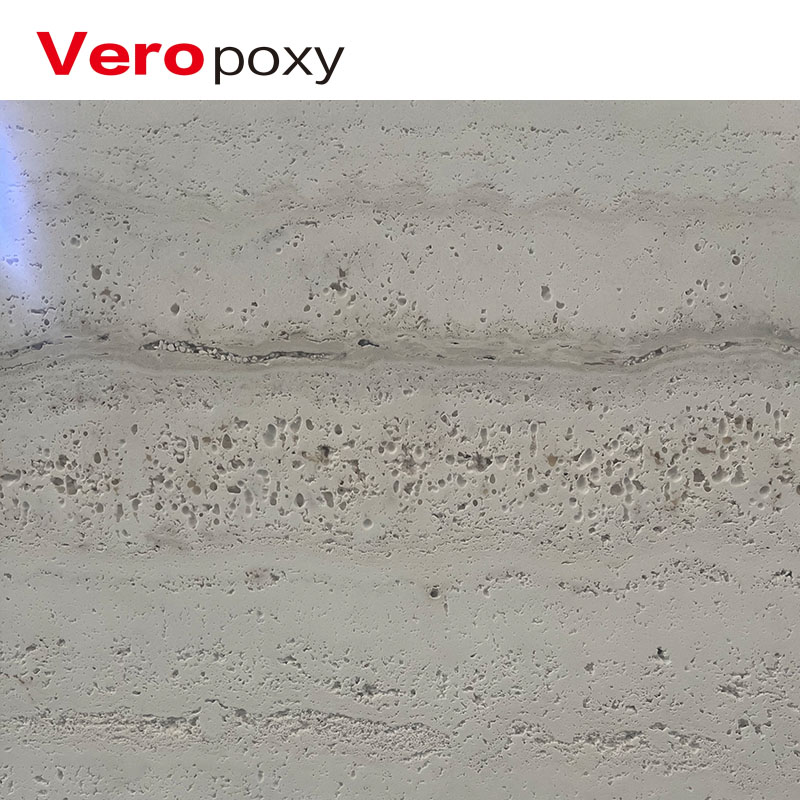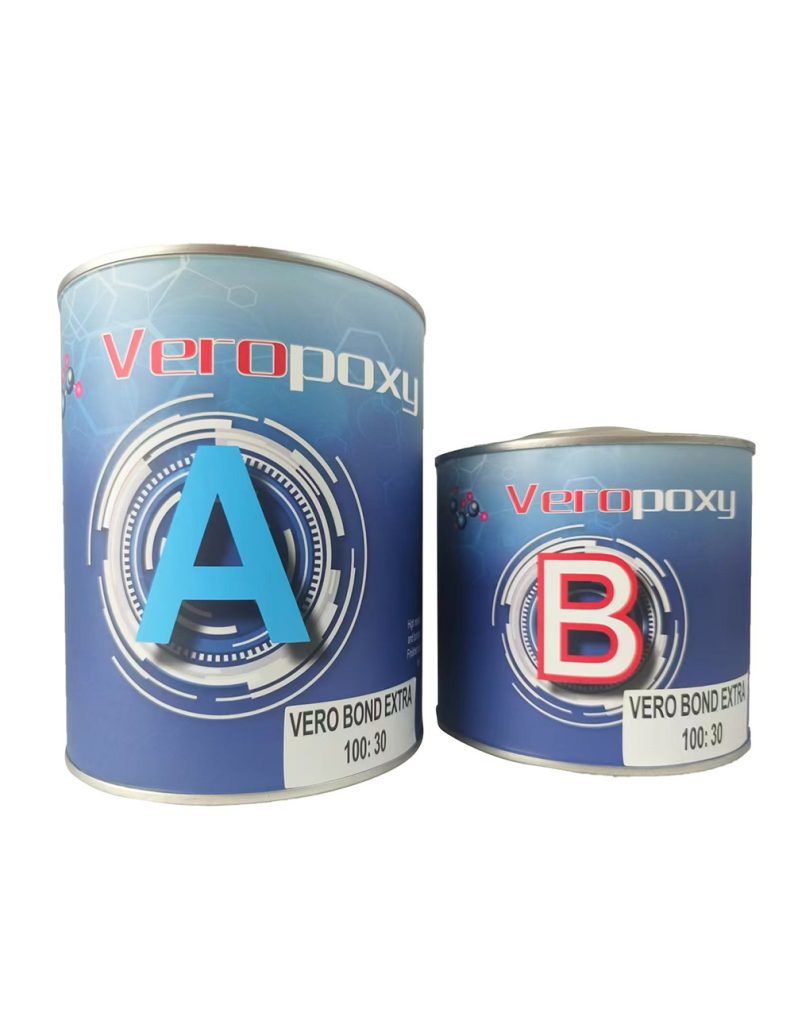With the development of modern industry, epoxy resin is increasingly used in the fields of construction, automobiles, aerospace, etc. The excellent properties of epoxy resin make it play an important role in the bonding, repair and surface treatment of materials such as stone and metal. However, with the increasing use of epoxy resin, the problem of waste disposal has gradually attracted attention. If epoxy resin waste is not properly handled, it will cause serious pollution to the environment. Therefore, it is particularly important to explore environmentally friendly treatment methods. This article will discuss the generation, treatment methods and environmentally friendly treatment technology of epoxy resin waste.

Epoxy Resin Filler for Travertine
Characteristics and Applications of Epoxy Resin
Epoxy resin (Epoxy Resin) is a polymer compound formed by the reaction of epoxy compounds and curing agents. It has excellent chemical stability, corrosion resistance, wear resistance and good adhesion. It is commonly used in coatings, adhesives, composite materials, electronic component packaging, stone bonding and other fields. Epoxy resin is particularly important in the stone industry. It can be used to enhance the hardness, permeability resistance, wear resistance and decorativeness of stone.
Due to the wide application of epoxy resin, the waste epoxy resin generated during the surface treatment of stone has become an environmental issue that cannot be ignored. The high molecular structure of epoxy resin itself makes it difficult to degrade in the natural environment. If it is discarded or handled improperly, it may cause pollution to the soil, water and air.
Main sources of epoxy resin waste
Waste in the production process
In the production process of epoxy resin, there is a certain amount of waste generated, including incompletely reacted epoxy resin, curing agent residues, and waste liquid after equipment cleaning. If these wastes are not treated, direct discharge will cause a great burden on the environment.
Waste generated during construction
In the stone industry, epoxy resin is often used for bonding, repairing and surface coating. During the construction process, excessive epoxy resin, waste caused by operational errors, and discarded epoxy resin coatings will become sources of environmental pollution.
Waste in daily use
The service life of stone repaired with epoxy resin is long, but over time, the surface of the stone may be damaged, and the epoxy resin waste used in the repair has also become part of the waste.
Environmentally friendly treatment methods for epoxy resin waste
For the treatment of epoxy resin waste, environmentally friendly treatment methods should focus on reducing environmental pollution, optimizing resource recovery, and complying with national environmental protection standards. The following are several common treatment methods.
1. Physical treatment method
Physical treatment methods usually treat waste epoxy resin waste mechanically to reduce its impact on the environment.
For the uncured part of epoxy resin waste, it can be recycled by physical means. The waste is heated to a certain temperature to make it liquid again, and then it can be used in production after curing. This method can effectively reduce the amount of waste generated and reduce the use of new epoxy resin.
Another common physical treatment method is to compress the waste epoxy resin to reduce its volume and facilitate subsequent treatment. During the compression process, a curing agent can be added to make the waste epoxy resin form hard solid particles to reduce pollution to the environment.
2. Chemical treatment method
Chemical treatment methods mainly rely on chemical reactions to change the structure of waste, thereby reducing pollution and increasing recycling rates.
The degradation of epoxy resin waste is usually achieved by accelerating decomposition reactions. Certain chemical agents, such as acids, alkalis or oxidants, can react with epoxy resins, resulting in changes in their molecular structure and ultimately achieving harmless treatment. This method can effectively reduce the volume of waste and convert it into harmless substances.
The solvent method uses a specific solvent to dissolve the harmful components in the epoxy resin waste, and then recycles the solvent. This method is suitable for situations where the epoxy resin contains soluble components and can effectively improve the treatment efficiency.
3. Biological treatment method
The biological treatment method is a technology that uses microorganisms to degrade waste. Microorganisms have the ability to decompose complex organic matter and can convert epoxy resin waste into harmless substances through biodegradation.
In recent years, researchers have found that certain microorganisms can degrade some components of epoxy resin under specific environmental conditions. Using these microorganisms for biodegradation treatment can not only reduce waste pollution, but also provide new ideas for waste recycling.
Enzyme catalytic degradation technology uses the catalytic action of certain specific enzymes to decompose the polymer chains of epoxy resin, thereby achieving waste treatment. Although the research on this method is still in the exploratory stage, it has great development potential.
4. Thermal treatment method
The thermal treatment method converts epoxy resin waste into harmless gas or solid matter by high-temperature heating.
Incineration is one of the traditional methods for treating epoxy resin waste. Through high-temperature incineration, epoxy resin waste is decomposed into harmless gases such as water vapor and carbon dioxide. During the incineration process, the temperature and exhaust gas emissions must be strictly controlled to prevent the production of toxic substances such as dioxins.
The thermal cracking method decomposes epoxy resin waste into low molecular weight substances by heating it in an oxygen-free environment. These low molecular weight substances can be recycled or further utilized as energy.
Recycling and reuse of epoxy resin waste
In addition to traditional treatment methods, the recycling and reuse of epoxy resin waste is also an effective environmental protection strategy.
Production of recycled epoxy resin
By recycling waste epoxy resin and restoring its original properties through chemical treatment or physical means, new epoxy resin can be regenerated. This recycled epoxy resin can replace new epoxy resin in some low-demand applications and reduce the consumption of new resources.
Production of composite materials
After treatment, epoxy resin waste can be used as a component of composite materials and applied in industries such as construction, automobiles, and aviation. Converting waste into new useful materials can not only reduce waste emissions, but also improve resource utilization efficiency.

Epoxy for Vero Bond
Summary
With the widespread application of epoxy resin in the stone industry, the environmental protection treatment of waste has become increasingly important. Although traditional physical, chemical and thermal treatment methods are effective, with the improvement of environmental protection requirements, more recycling and reuse technologies need to be paid attention to. By adopting advanced environmental protection treatment methods, the hazards of epoxy resin waste can be effectively controlled, and it also provides a new way for the sustainable use of resources. In the future, companies should increase their research and development efforts to promote green treatment technology for epoxy resin waste to achieve a win-win situation of environmental protection and resource recycling.
Post time: 1 月-17-2025

